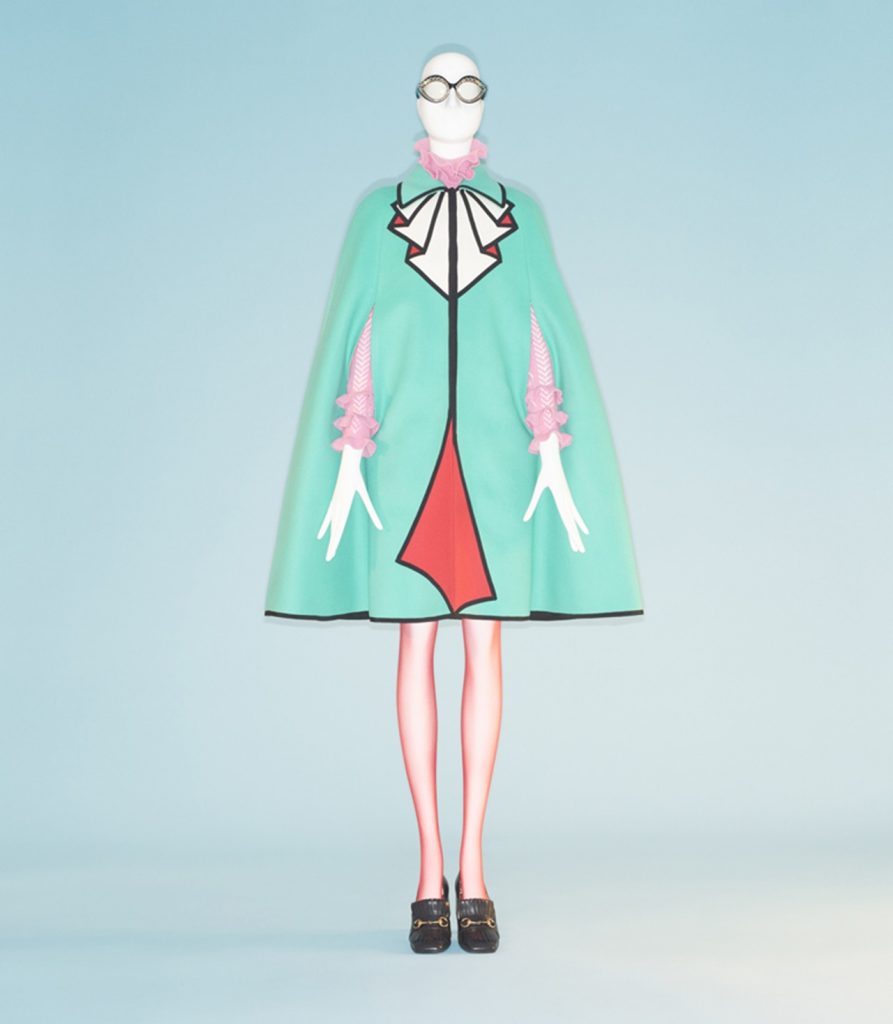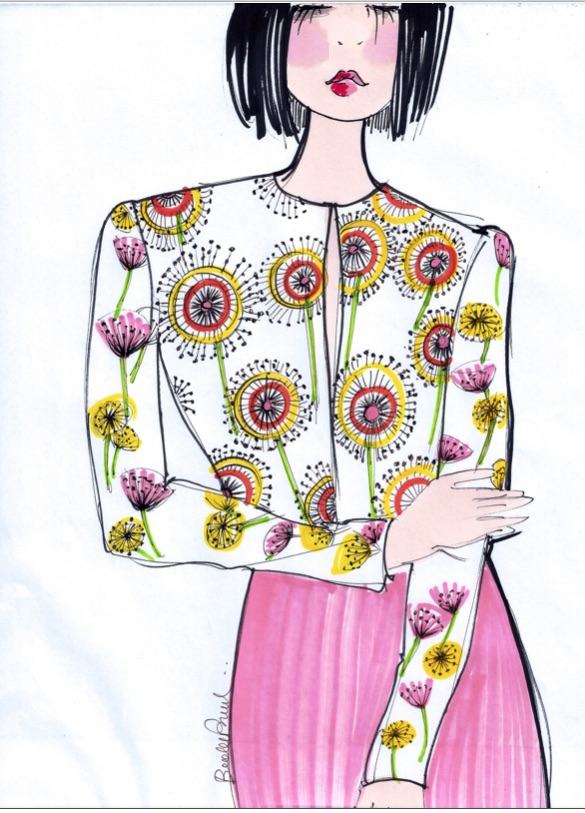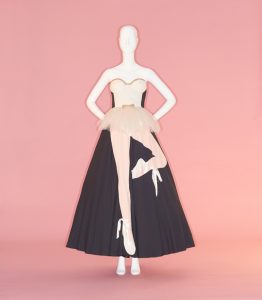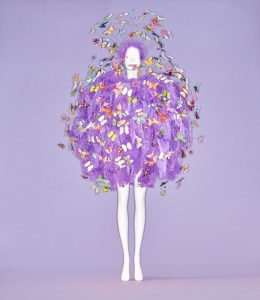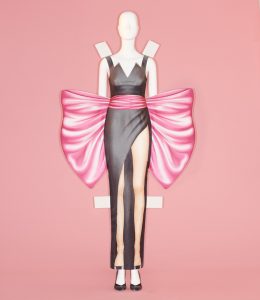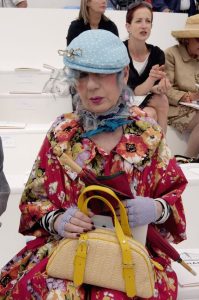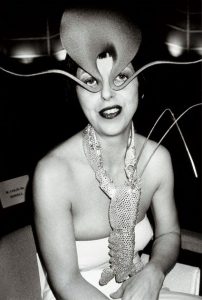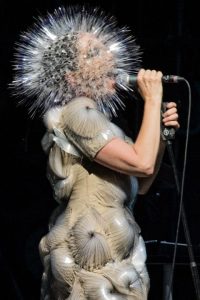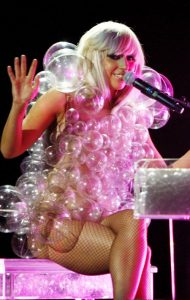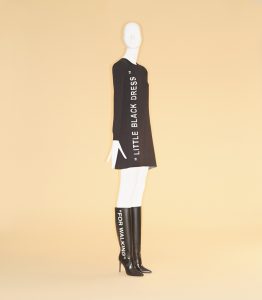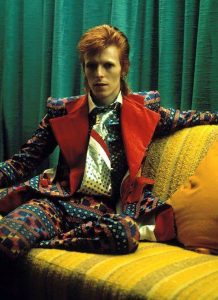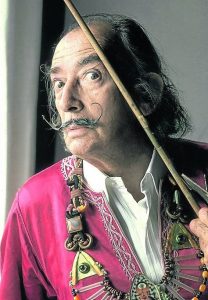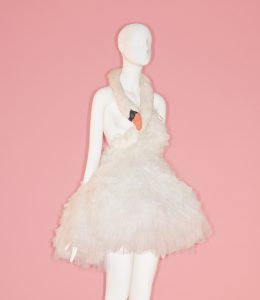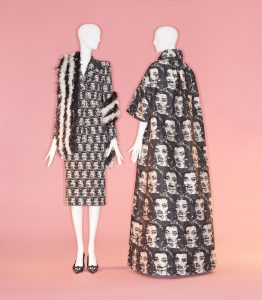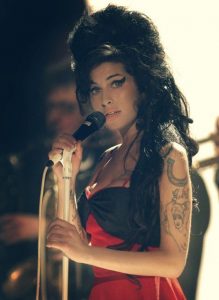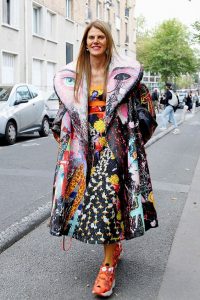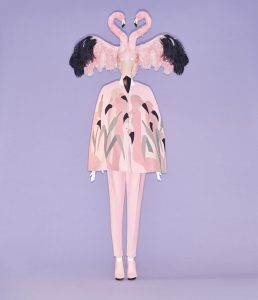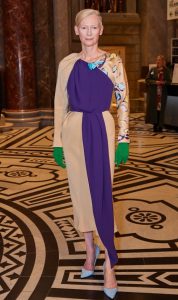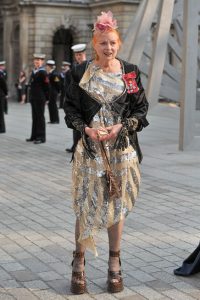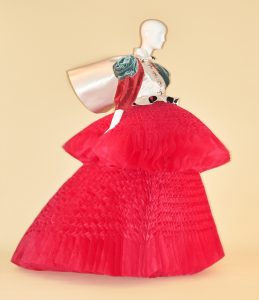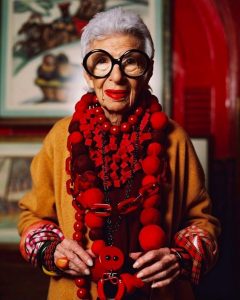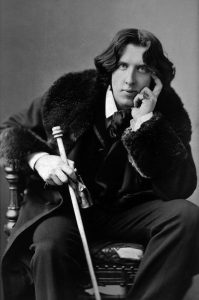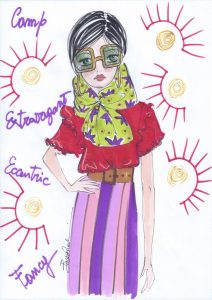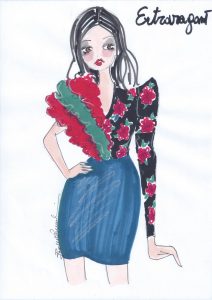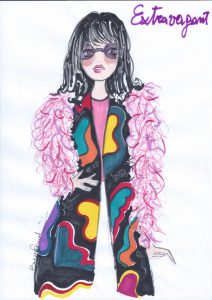Gucci by Alessandro Michele, dress on the exhibition Camp at Metropolitan Museum
“The eccentric” by Beatrice Brandini
The Metropolitan Museum of New York celebrates excess in art and fashion, with the Camp: Notes on Fashion exhibition, from May 9th to September 8th.
In 1964 Susan Sontag, in the essay Notes on Camp, codifies the meaning of Camp, or the passion for exaggeration, extravagance and eccentricity. Historically, this phenomenon of opulence and excess arises cyclically (linked to economic insecurity, to the socio-cultural climate without references and uncertain, etc.), but never as now can we define it as current and perfectly aligned with our times.
Moschino, dress on the exhibition Camp at Metropolitan Museum
Moschino by Jeremy Scott, dresses on the exhibition Camp at Metropolitan Museum
Anna Piaggi
Isabella Blow
Planetary successes such as that of the movie Bohemian Raphosody, in which the absolute genius of Freddy Mercury (a character of incredible talent and equally immense personality), or of the Gucci brand, whose creative director, Alessandro Michele, shuffles the cards by doing approaching genres, thanks to which, under his leadership, the brand grows, season after season in turnover and in the perception that the market has of it (brand value); they are both phenomena linked together. As are the social media (their abuse), the reality shows, the upcoming film release dedicated to another music genius, pop icon, like Elton John (the film is released in late May and will be titled Rocketman). All aspects that make this exhibition absolutely current and almost inevitable.
Bjork
Lady Gaga
Virgil Abloh for Off White, dress on the exhibition Camp at Metropolitan Museum
In the essay by Sontag, we understand how the concept of CAMP serves to express ourselves by distinguishing ourselves from the masses. It is part of contemporary culture, yesterday but above all today, in which each of us feels a bit “Camp”. I think of Andy Warhol yesterday and Jeff Koons today, David Bowie and Lady Gaga (before a Star is Born), Vivienne Westwood yesterday and Alessandro Michele or Victor & Rolf today, etc. etc.
David Bowie
Salvator Dalì
Marjan Pejoski, dress on the exhibition Camp at Metropolitan Museum
Marc Jacobs, dress on the exhibition Camp at Metropolitan Museum
It is interesting that the annual exhibition organized by the Met talks about this topic, a topic that certainly has more keys, the intent from which it was born evolves into aspects of an opposite nature. “The camp is a tool to better understand our time”, says Fabio Cleto, professor of cultural history at the University of Bergamo and author of the preface of the exhibition catalog. “It is rooted in political impropriety, in breaking taboos …” But it is also “Intended as an autonomous thought to express the vision one has of oneself, it is synonymous with freedom” says Alessandro Michele creative director of Gucci (partner of the event) . Adding: “It means being different, and doing it lightly and irony. In this, fashion reveals all its political strength: what you wear is enough to affirm certain principles ”. That’s why the exhibition starts with clothing to go much further.
Amy Winehouse
Anna dello Russo
Schiaparelli by Bertrand Guyon, dress on the exhibition Camp at Metropolitan Museum
“What is being told is how and why a concept born to go against the system has become a mass phenomenon,” explains Andrew Bolton, curator of the Costume Institute. The Camp had its greatest evolution and popularity in America in the 1980s, under the presidency of Regan, it was a reaction to the extreme conservatism; it is natural that today it is always current with the advent of Trump.It is difficult to define the concept of Camp with a single adjective, since, even from these declarations, it can be deduced that it can therefore be a sensitivity, an emotion, an aesthetic. A common denominator is an extra element, an artifice, with a strong inclination for the unnatural and the exaggeration. “Camp is not just how we can be extravagant and exaggerated, but it is an expression of the human, of the self”. Alessandro Michele.
Tilda Swinton
Vivienne Westwood
Undercover by Jun Takahashi, dress on the exhibition Camp at Metropolitan Museum
Divided into two parts, the exhibition opens with the origins of the Camp, identified by Sontag in the court of Louis XIV of Versailles, before moving from the figure of the dandy to those of the queer subcultures. In the second section we see the irony, parody, artifice and theatricality that many collections have given us, in the creations of Armani, Balenciaga, Alexander McQueen, John Galliano, Jean Paul Gaultier, Moschino … and of course Alessandro Michele for Gucci.
Iris Apfel
Oscar Wilde
We could conclude that Camp, highlighting the excess and ridiculing it, reinforces the object (dress or artistic expression) of his derision, enhancing it and making it become a protagonist.
“Extravagant” mood by Beatrice Brandini
I have no plans to go to New York in the coming months, surely this exhibition could be a reason to do it!
Good life to everyone!
Beatrice


